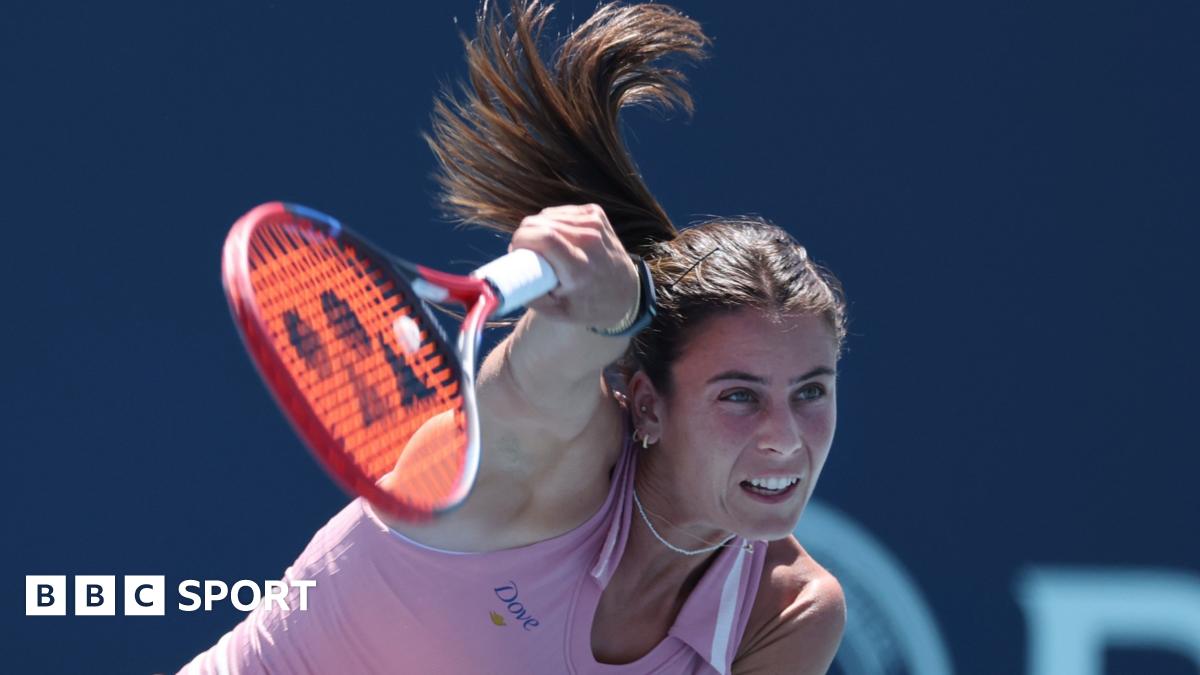Grand Slam Pay: Men & Women's Stars Seek Higher Winnings
The pursuit of equality in professional tennis is reaching a fever pitch, with a renewed focus on equal prize money at Grand Slam tournaments. While significant strides have been made, the debate surrounding fair compensation for both men and women continues to ignite passionate discussions among players, fans, and governing bodies. This article delves into the complexities of the current Grand Slam pay structure, highlighting the arguments for and against equal prize money, and examining the potential impact on the future of the sport.
The Current Landscape: A Tale of Two Tours
For many years, the disparity in prize money between men's and women's tennis has been a contentious issue. While all four Grand Slam tournaments – Australian Open, French Open, Wimbledon, and US Open – now offer equal prize money for winners, the overall earnings disparity stems from differences in match schedules and tournament structures. Men's tournaments typically feature more matches and a longer season, leading to potentially higher overall earnings for top male players, even with equal prize money at individual events.
This leads to a complicated discussion. While equal prize money at Grand Slam events is a significant step forward, some argue that it doesn't fully address the underlying financial inequalities between the men's and women's tours.
Arguments for Equal Prize Money: Beyond the Court
Proponents of complete pay equality emphasize several key points:
- Equal Value, Equal Pay: The core argument centers on the principle of equal pay for equal work. Top female players consistently demonstrate exceptional athleticism, skill, and dedication, deserving the same financial rewards as their male counterparts.
- Inspiring the Next Generation: Equal pay serves as a powerful symbol, inspiring young girls and women to pursue their dreams in tennis and other fields. It demonstrates that hard work and talent are rewarded equally, regardless of gender.
- Promoting the Growth of Women's Tennis: Fair compensation can contribute to the overall growth and sustainability of women's professional tennis, attracting sponsorships, media attention, and a wider fan base.
Counterarguments: Considering the Business Aspect
Opponents of complete pay equality often highlight the differences in revenue generation between the men's and women's tours. They argue that:
- Revenue Disparity: Historically, men's tennis has generated significantly more revenue than women's tennis, influencing the overall prize money distribution.
- Viewership and Sponsorship: Some contend that the higher viewership and sponsorship deals secured by men's events justify the differences in earnings. This is a hotly debated point, however, with many arguing that increased investment in women's tennis would lead to higher revenue.
- Maintaining a Sustainable Model: Critics argue that drastic changes to the prize money structure could negatively impact the financial sustainability of the tournaments.
The Future of Grand Slam Pay: A Path Towards Equity
The discussion around Grand Slam pay is far from over. While equal prize money at individual Grand Slam tournaments represents a landmark achievement, the broader issue of financial equity within the sport requires continued dialogue and action. Several potential solutions are being explored:
- Increased Investment in Women's Tennis: Greater investment in marketing, media coverage, and sponsorship opportunities for women's tennis is crucial to boosting revenue and achieving greater financial parity.
- Re-evaluating Tournament Structures: Analyzing and potentially adjusting the tournament structures of both men's and women's events could lead to a more equitable distribution of earnings.
- Collaboration and Transparency: Open communication and collaboration between players, governing bodies, and sponsors are essential to achieving a fair and sustainable model for both the men's and women's tours.
The quest for equal pay in Grand Slam tennis highlights a larger conversation about gender equality in professional sports. While significant progress has been made, the journey towards complete financial equity remains a work in progress, demanding continued effort and commitment from all stakeholders. The future of the sport may well depend on finding solutions that address both athletic achievement and economic realities.

